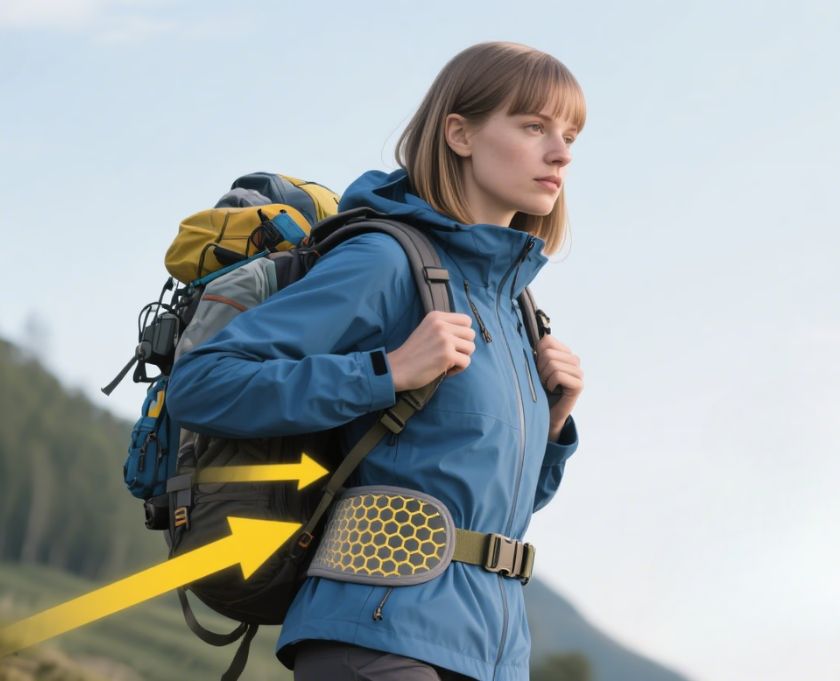Beautiful Plants For Your Interior

Choosing a backpack isn’t only about capacity or looks—the suspension system is what truly determines whether you can carry it comfortably for long hours. A poor suspension system leads to shoulder pain, back strain, and even long-term posture issues.
This guide explains how to evaluate a backpack’s suspension system and make sure it suits your body.
Why the Suspension System Matters
The suspension system is the framework that connects the backpack to your body. It distributes weight, enhances stability, and provides ventilation.
A good suspension system:
- Reduces shoulder and back pain.
- Keeps the backpack stable while moving.
- Makes carrying heavy loads easier and more efficient.
Key Components of a Backpack Suspension System
Shoulder Straps
- Should be padded, wide enough, and ergonomically shaped.
- Curved designs fit better for both men and women.
Hip Belt
- Carries up to 70% of the load.
- Must be padded and sit on the hip bones, not the waist.
Back Panel
- Provides cushioning and ventilation.
- Mesh panels allow airflow to prevent sweating.
Load Lifters
- Small straps connecting the top of the shoulder straps to the pack.
- Keep the load closer to your body to reduce strain.
Sternum Strap
- Keeps shoulder straps in place.
- Prevents them from sliding and balances chest pressure.
Signs of a Comfortable Suspension System
Balanced Weight Distribution
- Most weight rests on the hips, not shoulders.
Proper Padding
- Straps and back panel should feel cushioned, not rigid.
Adjustable Fit
- Straps and belts must be customizable for different body sizes.
Good Ventilation
- Back panel should allow air circulation to avoid overheating.
How to Test Backpack Comfort in Store
Load the Backpack
Ask the shop to add weights. Empty backpacks feel misleading.
Walk and Move Around
Try walking, bending, or climbing stairs to simulate real use.
Adjust Straps and Observe Pressure Points
Check if straps dig into shoulders or hips after 5–10 minutes.
Suspension Systems for Different Backpack Types
Hiking and Trekking Backpacks
- Require full suspension with hip belts, load lifters, and ventilated back panels.
Travel Backpacks
- Need padded straps and hip belts but with flexibility for airports and transport.
Everyday and Business Backpacks
- Usually lighter; look for ergonomic shoulder straps and breathable panels.
Common Mistakes When Evaluating Suspension Systems
- Choosing style over comfort.
- Ignoring hip belts on larger backpacks.
- Testing the backpack without weight inside.
Expert Tips to Improve Backpack Comfort
- Always adjust straps to your torso length.
- Use chest and hip straps correctly.
- Keep heavy items close to your back.
- Avoid overloading beyond recommended capacity.
FAQs
1. How do I know if my backpack fits me?
The hip belt should sit on your hips, and shoulder straps should not gap.
2. Do small daypacks need suspension systems?
Yes, even basic padding and breathable panels improve comfort.
3. Should I choose a backpack with an internal frame?
For long hikes—yes, it improves stability and comfort.
Conclusion
A backpack’s suspension system is the key to comfort. Look for balanced weight distribution, adjustable straps, and ventilation. Always test with weight before buying.
With the right suspension system, your backpack feels like part of your body—not a burden.